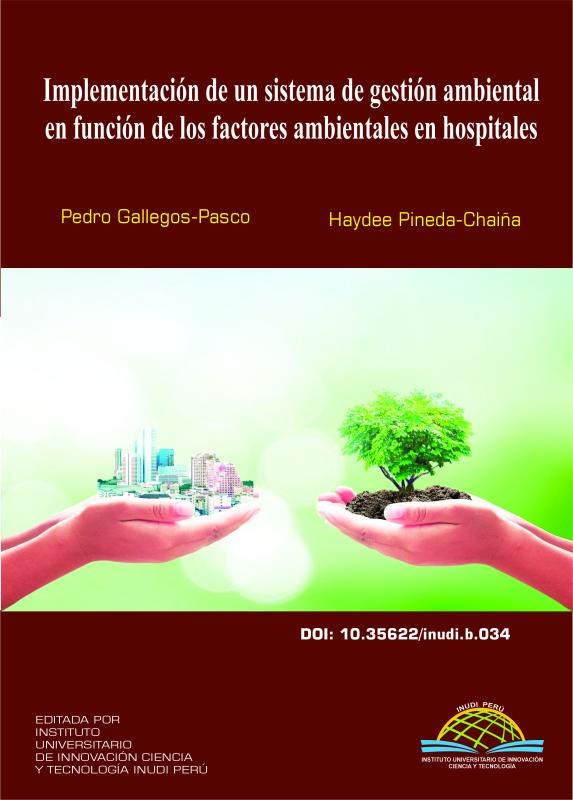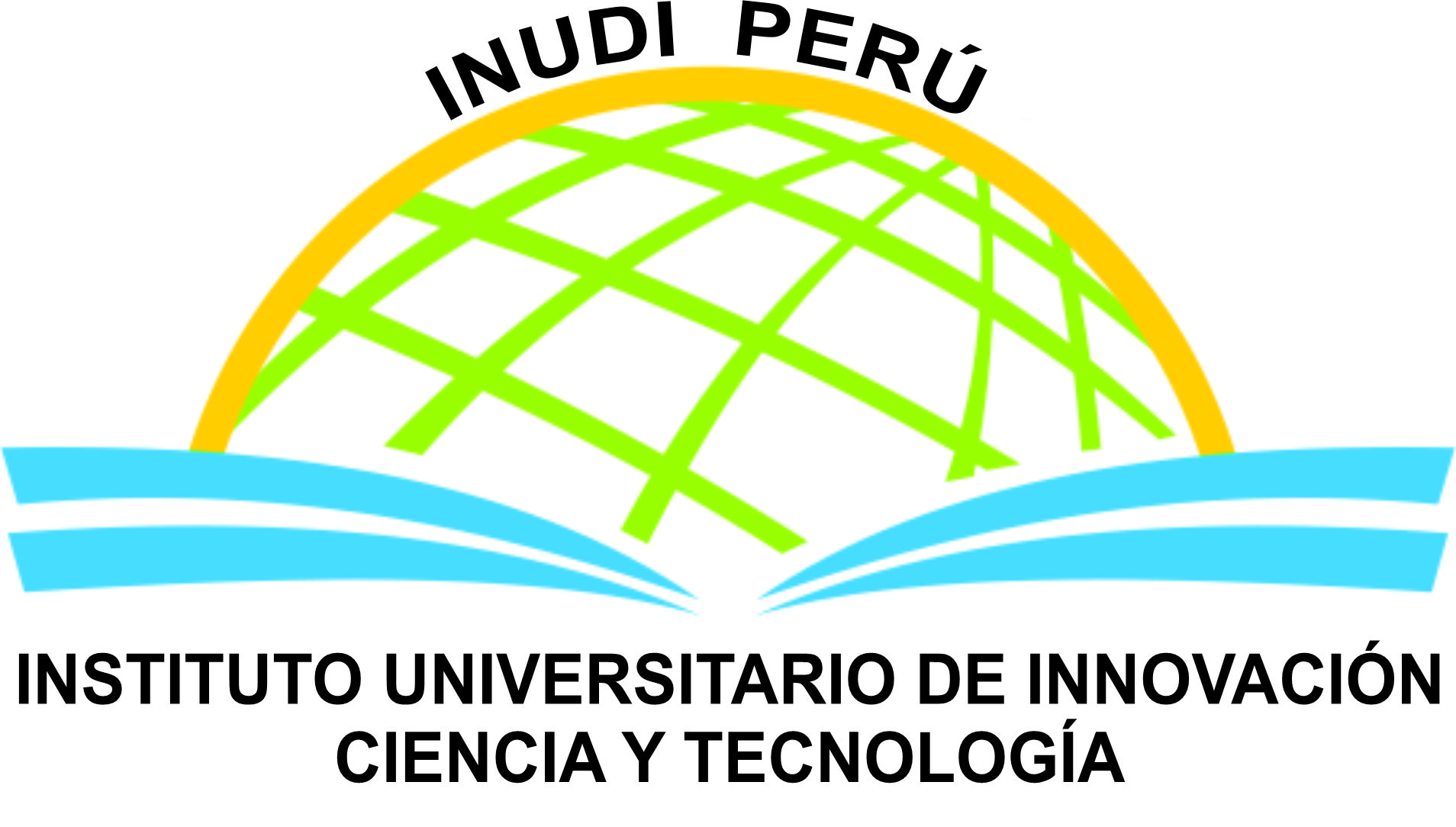Implementación de un sistema de gestión ambiental en función de los factores ambientales en hospitales
Palabras clave:
esterilización, factores ambientales, furanos, gestión ambiental, residuos sólidosSinopsis
El presente libro es una adaptación de un estudio presentado a la Universidad Nacional del Altiplano, que tuvo como objetivo implementar un sistema de gestión ambiental, para manejar los recursos Agua, Aire y Suelo, desarrollar la revisión ambiental, e identificar los programas de Gestión Ambiental, en el Hospital Manuel Núñez Butrón de Puno (Perú). Además de definir todos los elementos de la norma Internacional: Política Ambiental, identificación de aspectos ambientales, resaltando los residuos sólidos hospitalarios, identificación de requisitos legales, establecimiento de objetivos y metas ambientales, disponibilidad de recursos, funciones y responsabilidades, autoridad, competencia, formación y toma de conciencia, comunicación, documentación, control de documentos, control operacional, preparación y respuesta ante emergencias, seguimiento y medición, evaluación del cumplimiento legal, no conformidades, acción correctiva y acción preventiva, control de registros, auditoría interna y revisión por la dirección. El proceso metodológico establece los elementos necesarios para el diseño de un Sistema de Gestión Ambiental, donde se aplica la metodología establecida en la Norma Internacional ISO 14001, con las que se espera mejorar la calidad de atención, calidad de servicio, salud y la actuación ambiental, mediante el control de los aspectos y labores, que causan o podrían causar impactos negativos al entorno del Hospital. Identificación y valoración de los aspectos e impactos ambientales significativos, se tomó la información mediante mediciones promedios de peso, de generación de Residuos Sólidos. Finalmente se elaboró el Manual del Sistema de Gestión Ambiental para el Hospital para conducir sus actividades de manera positiva hacia el ambiente, pacientes y personas en general. Así mismo proporciona la información necesaria para su implementación. Los resultados indican que la esterilización de los residuos sólidos, llega a establecer la conclusión; el análisis de varianza (ANOVA), luego de la esterilización, muestra un valor de la “F” calculada de 585,89, siendo esta superior al valor crítico de 1,85, demostrando que las medias o promedios son diferentes y significativas por el valor de 0,000, la Prueba de correlación de R de Pearson, muestra un valor de 0,996 la que indica una relación directa y casi perfecta y la prueba “t” muestra diferencias significativas entre las medias cuya reducción es de 0,86083, en promedio por día, se concluye que la esterilización mejora significativamente el manejo de los factores ambientales en el área Quirófano de dicho hospital.
Referencias
Angel Mayo, A. (2001). Física, Filosofía y Medio Ambiente, Gestión y Ambiente. Colombia: Universidad Nacional de Colombia. Vol. 4 pp.7-86.
Boehm, R. (1987) Design Analysis of thermal systems, (First Edition) USA: Wiley & Sons.
Brown, S., Kjollesdal. D. & Lee, M. (1992) Protecting Commnity Health. Canadá.
Bunge, M. (1983) La Investigación Científica. México: Ariel.
Bustos, F. (2001). Sistemas de Gestión Ambiental y Estudios Ambientales. Ecuador: Universidad Central.
Brunner C. (1991) Handbook of incineration systems, USA: McGraw Hill.
Camacho, A. & Liliana A. (2000). Diccionario de Términos Ambientales. La Habana: Centro Félix Varela.
Cantanhede, A. (2007) Composición de los residuos de los servicios de salud.
Cao E. (2004) Transferencia de calor en Ingeniería de Procesos, (1ra. edición) Argentina: Editorial Argentina.
Cárdenas, A. (2005). La Economía Ecológica como ciencia del Desarrollo Sostenible. Fundación General. España: Universidad Autónoma de Madrid. pp. 32-39.
Cascio, J. (2000) Guía ISO 14000. Las Nuevas Normas Internacionales. México: Editorial McGraw Hill.
CEPIS (1996) Guía en manejo interno de residuos sólidos en centros de atención de salud. Lima.
Day, R. (1995) Como escribir y publicar Trabajos Científicos. Estados Unidos: The Org. Press.
Díaz B. (2010) Estadística. Lima: UNI.
DIGESA - MINSA (1996) Programa de Fortalecimiento de Servicios de Salud. Lima.
Dunn O. & J. Virginia (1974). Applied statics: Analysis of variance and Regression. John Wiley and sons. New York. London, Sydney. Toronto.
Espinoza, G. (2002) Gestión y fundamentos de evaluación de Impacto Ambiental. Santiago – Chile.
Gallardo, J. (1989) Formulación y Evaluación de Proyectos. México: Mc Graw Hill.
Gallegos Pasco, P. (2005) Implementación de un Sistema de Gestión Ambiental para mejorar la Calidad de vida en la Municipalidad Alto de la Alianza (tesis inédita de maestría). Tacna: Universidad Nacional Jorge Basadre Grohoman. Tacna
Gallopin, G. (1980). El Medio Ambiente humano; En: Estilos de desarrollo y medio ambiente de América Latina. México: Fondo de Cultura. Economía.
Gómez, F. (1999) Como hacer Manual Medio Ambiental de la Empresa. Madrid: Cofemetal.
Hahn E. (1994) La Reestructuración Urbana Ecológica. Madrid: Estudios Territoriales.
Herber, A., Raymond, R. & Colton. (1966). Statical Methods. New York: Barnes.
Hernández Sampieri, R. (2001) Metodología de la Investigación. México: Mc Graw Hill.
Incropera F. (1999). Fundamentos de Transferencia de Calor. (4ta. Edición) México: Prentice Hall.
Jaramillo, J. (2003) Centro Panamericano de Ingeniería Sanitaria y Ciencias del Ambiente. Medellín - Colombia: Universidad de Antioquía.
Martinez J. (2005) Guía para la Gestión Integral de Residuos Peligrosos, (1ra. edición) Uruguay: Centro de Convenios de Brasilea para América Latina y el Caribe.
Mateo, J. (2004). El medio ambiente y la sostenibilidad ambiental urbana desde perspectiva espacial. Manizales: Revista de Arquitectura, Universidad Nacional de Colombia.
Monreal, J. (1991) Consideraciones sobre el manejo de Residuos Hospitalarios en América Latina, Washington: OPS.
Myers, W. Raymond, H. & Myers. (1992). Probabilidad y Estadística. (4ta. Edition). México: McGraw Hill.
PCDD/F (2000) Prevention by novel inhibitors: adition of inorganic S- y N-compounds in the fuel before combustión.
Quezada, L. (2010) Metodología de la Investigación Científica. México: Macro.
Sabina, C. (1992) El Proceso de Investigación Científica. Caracas.
Sakurai, K. (1983) Aspectos básicos del servicio de aseo. Análisis de residuos sólidos. Programa Regional OPS/EHP/CEPIS de mejoramiento de la recolección, transporte y disposición final de residuos sólido. Lima: CEPIS.
Tamayo y Tamayo, M. (1995) Metodología Formal de la Investigación Científica. México: Limusa.
Tello, P. (1991) Diagnóstico de la Situación de residuos sólidos Hospitalarios en Lima Metropolitana. Lima.
Toledo M. & Matute P. Tema de Graduación. Definiciones de Factores Homogéneos y Heterogéneos para la medición de la calidad de los servicios hospitalarios por nivel socioeconómico en Guayaquil. Guayaquil: Escuela Superior Politécnica.
U.S. Patent 5.514.356 System for the prevention of dioxin formation in combustión flue gases, (1996)
U.S. Patent 5.968.467 Dioxin formation preventative in incinarators and method for preventing the formation of dioxins, (1999)
Walpole E., Raymond. R. & Myres H. (1993). Probability and statistics for engineer and scientists firth edition, Prentice Hall, Inc.

















